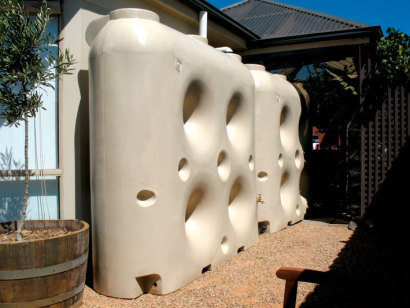 Saving water is stylish now! And a consequence of that is more high-design products with which to stylishly save water! While that DIY-hacked, second-hand barrel you dragged from the dump is still perfectly functional, you should know that it’s so last year. The formerly humble and homely rain barrel is already getting an extreme makeover. The aggressively-named Waterwall Fatboy from Waterwall Rainwater Tanks in the UK is sure to satisfy your very-particular modern design sensibilities. From waterwalltanks.com,
Saving water is stylish now! And a consequence of that is more high-design products with which to stylishly save water! While that DIY-hacked, second-hand barrel you dragged from the dump is still perfectly functional, you should know that it’s so last year. The formerly humble and homely rain barrel is already getting an extreme makeover. The aggressively-named Waterwall Fatboy from Waterwall Rainwater Tanks in the UK is sure to satisfy your very-particular modern design sensibilities. From waterwalltanks.com,
Despite the name, the Waterwall Fatboy tank has an excellent size-to-capacity ratio, holding 650 gallons whilst being just over two feet wide. Waterwall tanks are made to exacting standards – the UV stabilised high density polyethylene ensures light does not enter the tank, to stop algae from growing in your tank water. Solid, thick walls keep the tank strong and prevent bulging over the many years of service.

And did we mention they look good? Next up from the company: a freestanding tank that’s designed and engineered to be used as a boundary fence. How much, you ask? Well of course good design is not cheap. Raindepot.com has the 650 gallon Waterwall Fatboy for $1,189.99. (If you’re style-impaired, the site offers plenty of other plain, but reasonable options.)
Modularity is a well-loved concept in modern design; that’s why the Rainwater HOG offers so many design-y opportunities. The innovative, award-winning modular tank stores a large volume of water in a small footprint, opening possibilities for creative applications in architectural and landscape design…like this installation, where they’re being tucked under a deck, ready to bulge with rainwater bounty while staying completely out of sight.
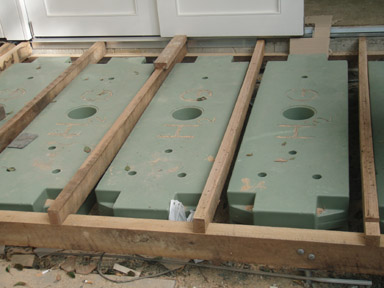
This commercial installation at Nundah School in Queensland, Australia of features 114 HOGs storing 5,700 gallons of water. These units were custom molded in the school colors of yellow and black, and the harvested water is used primarily for toilet flushing with the excess used for garden irrigation. Extra credit for these Rainwater HOGs, as the school uses them as learning tools in math, science, and environmental studies.
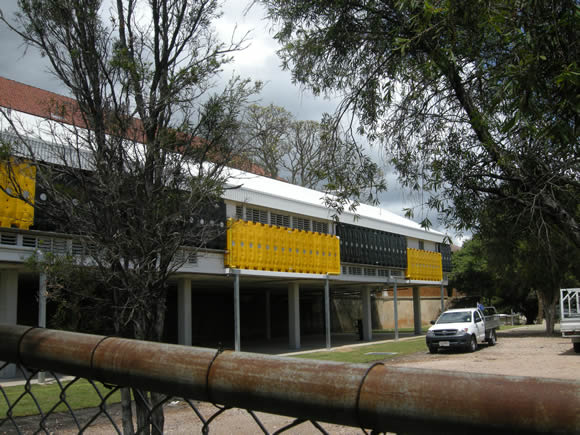
Are you gazing longingly at the Rainwater HOGs, wondering if they’re budget-friendly? This is exceptional style, people! You can’t even get these at Target yet! You can get them from aquabarrel.com, $1,960 for 6 units. Plus shipping.
You can’t buy “A Drop of Water” at any price, because it is (still?) a prototype. Designed by Bas Van Der Veer, it passes the “good design” test with flying marks while ingeniously providing an integrated watering can that automatically fills as it rains. Grab and go! The smallish size will be ideal for you city-types with small container gardens. )If you’ve ever wondered how “one of a kind” prototypes are created, browse the photos of the process at www.basvanderverr.nl)
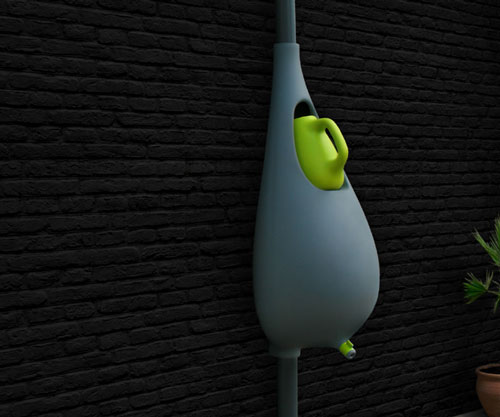

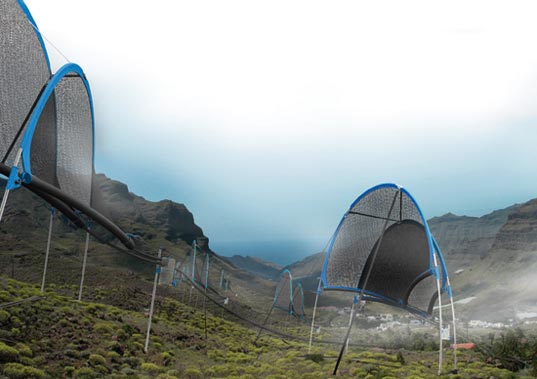

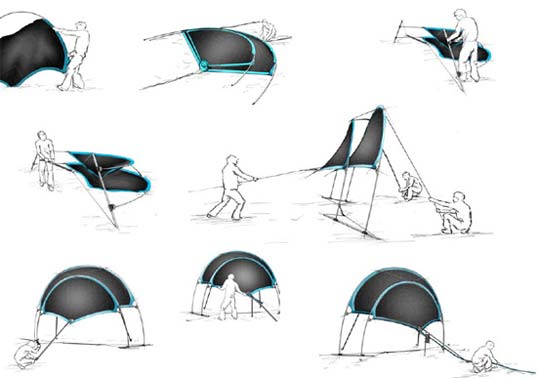
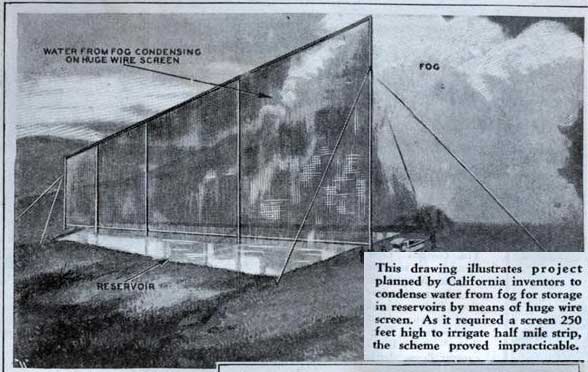

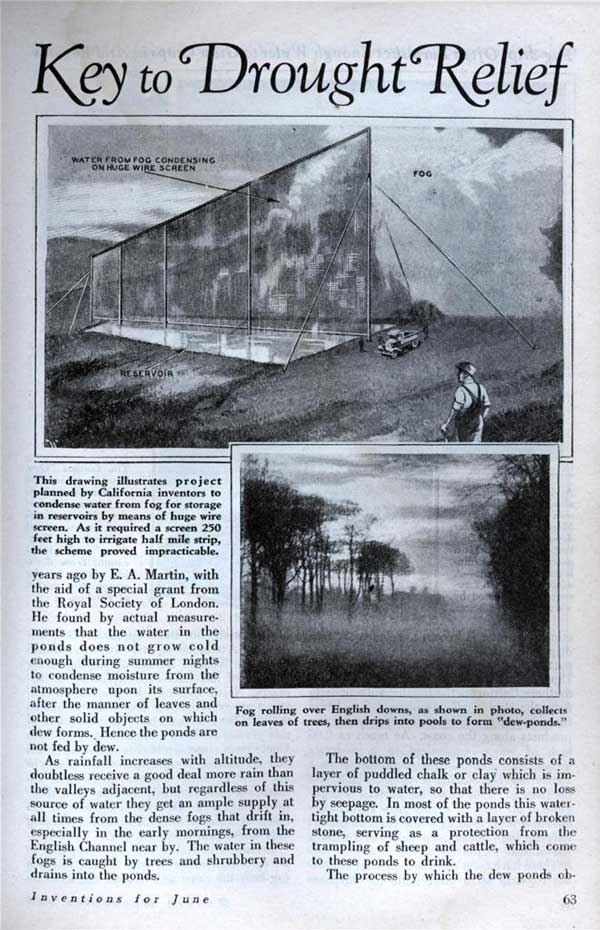

 Saving water is stylish now! And a consequence of that is more high-design products with which to stylishly save water! While that DIY-hacked, second-hand barrel you dragged from the dump is still perfectly functional, you should know that it’s so last year. The formerly humble and homely rain barrel is already getting an extreme makeover. The aggressively-named Waterwall Fatboy from Waterwall Rainwater Tanks in the UK is sure to satisfy your very-particular modern design sensibilities. From
Saving water is stylish now! And a consequence of that is more high-design products with which to stylishly save water! While that DIY-hacked, second-hand barrel you dragged from the dump is still perfectly functional, you should know that it’s so last year. The formerly humble and homely rain barrel is already getting an extreme makeover. The aggressively-named Waterwall Fatboy from Waterwall Rainwater Tanks in the UK is sure to satisfy your very-particular modern design sensibilities. From 


